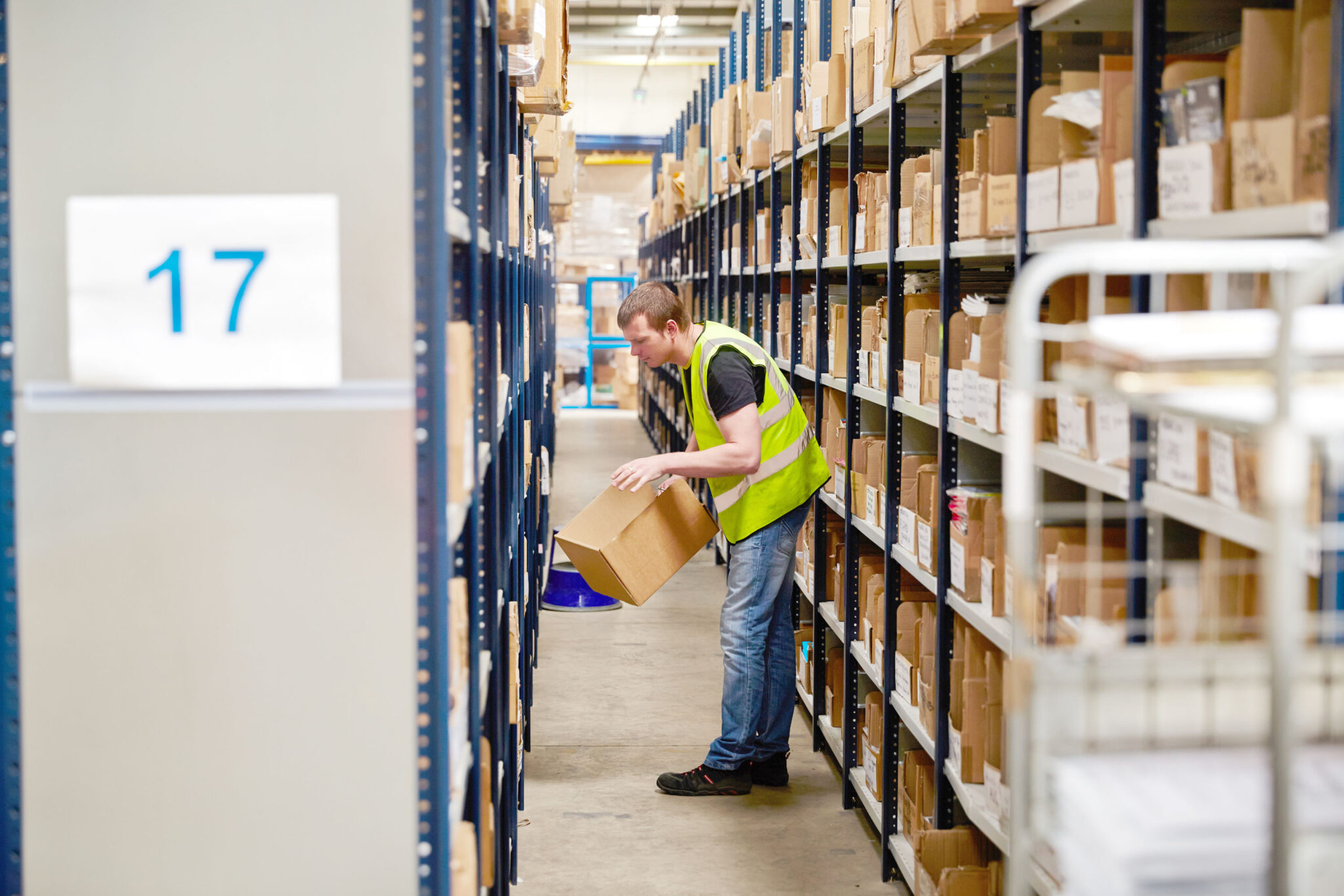In a world where rising bills seem to be the norm for families and businesses alike, the delicate dance of balancing service quality with cost-efficiency has become a challenge for retailers and ecommerce delivery, writes Gemma Vasey, Business Development Manager, Asendia UK.
As consumers search for ways to stretch their budgets in the face of economic strains, businesses are also grappling with increased shipping, labour and operational expenses. Yet, the decision to pass on these costs to loyal customers is not a simple one, as transitioning from free to paid-for delivery and returns can stir frustration among value-conscious shoppers. So how can they find equilibrium between service excellence and cost-effectiveness, especially in times of economic uncertainty?
The influence of delivery costs on consumer behaviour
Recent surveys spotlight the pivotal role that delivery costs play in shaping shoppers’ purchasing decisions. A report by Asendia underscores this, revealing that 43% of the 8,000 global online shoppers surveyed rank delivery costs as a key consideration. Alongside criteria such as overall value for money (54%) and product quality (50%), the price of delivery exerts a significant influence on consumer behaviour. Moreover, authenticity emerges as a crucial factor in the post-Covid era, with 70% of UK shoppers expressing a willingness to support retail brands they perceive to be authentic, even during economic downturns.
Defining authenticity in the eyes of shoppers
For UK shoppers, authenticity translates to straightforwardly delivering promises (57%), transparent supply chains (41%), commitment to sustainability (39%), clear brand values (39%), and active adherence to those values (32%). Astonishingly, 43% of respondents noted that a brand’s authenticity would make them less sensitive to price increases caused by inflation, a sentiment particularly strong among Generation Z (48%) and Millennials (51%).
These insights underscore the need for brands to optimise their delivery services to provide transparent, fairly-priced, and reassuring shopping experiences. Communicating openly about the necessity of delivery charges can help prevent basket abandonment when policies change. To cater to diverse customer needs, retailers should consider offering an array of delivery options, especially for cross-border shipping.
Asendia, for instance, integrates various delivery choices into their clients’ websites, allowing customers to opt for lower-cost international postal services for non-urgent, lower-value items. Simultaneously, expedited services with enhanced tracking, notifications, and insurance cater to those seeking premium delivery options, and willing to pay for them.
Green delivery is a growing priority
The concept of sustainability is gaining traction among consumers, who are beginning to realise that fast and free deliveries often come at a cost to the environment. Brands that offer more sustainable delivery options not only align with eco-conscious consumers but also contribute to more environmentally friendly practices. Although options like carbon offsetting are not long-term solutions, they can assist retailers in reaching their Environmental, Social, and Governance (ESG) goals. Consideration should also be given to low-emission delivery methods, even though they entail additional supply chain costs.
Emphasising sustainability initiatives opens doors to new customer segments and fuels sales growth as environmentally-conscious consumers prioritise eco-friendly options. By adopting sustainable practices and leveraging intelligent technologies, retailers can transform formidable fulfilment expenses into opportunities to connect with eco-conscious buyers.
Uncovering hidden value
The potential within re-commerce platforms is another avenue for brands to unlock hidden value. Retailers can seize the chance to sell clearance stock and returns to business buyers, contributing to the flourishing circular economy. This strategic move reduces carrying costs and streamlines operations, proving advantageous for retailers aiming to enhance their bottom line.
Collaborating for success
A dialogue with logistics partners can be instrumental in kickstarting these endeavours. Many third-party logistics providers offer valuable advice and support for setting up returns consolidation through their networks, for example, as well as managing stock reuse, resale, donations, or disposal. Amidst these considerations, the tightrope walk between convenience and cost remains an ongoing challenge. As inflation fluctuates and the peak spending season approaches, retailers are better served to explore resource optimisation through inventory recovery solutions rather than resorting to strict shipping and returns policies that could alienate potential buyers.
Utilising delivery strategies
In this landscape, delivery deals can serve as potent marketing tools. While the annual delivery subscription model may work well for industry giants like Amazon and Next , smaller brands may encounter difficulties in efficiently managing costs and operations. In its place, brands can leverage special delivery options as a loyalty reward to strengthen customer relationships. Smart brands harness these opportunities to cultivate customer loyalty and trust, showcasing the intricate interplay between service and cost.
As the cost-of-living crisis persists and retailers grapple with rising overheads, brands are rightly seeking smart ways to offer more, for less. By delivering transparent and reasonably-priced delivery options aligned with consumer values, retailers can cultivate lasting customer relationships, ensuring both shopper satisfaction and their own financial stability in these uncertain times.





